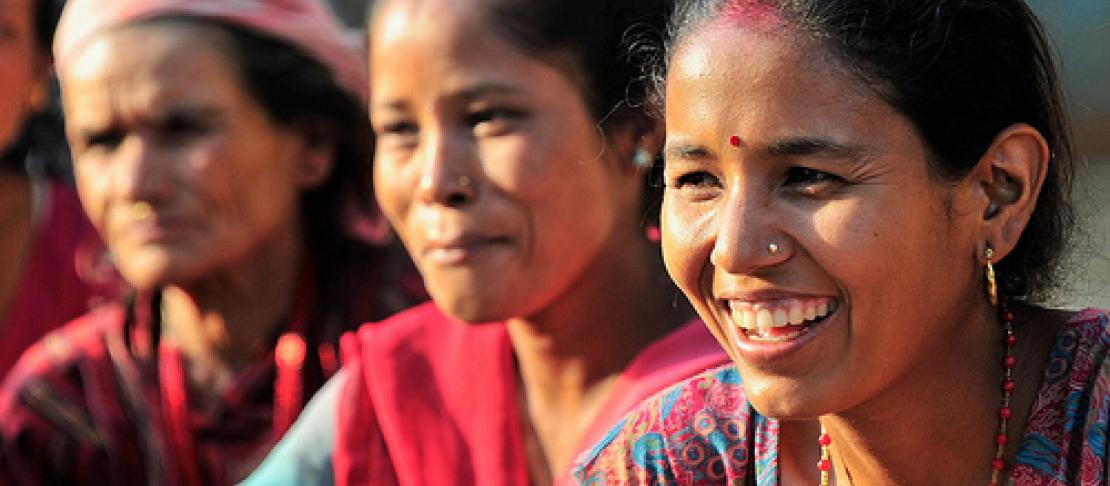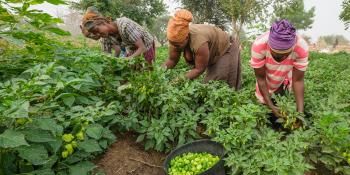Agricultural intensification promotes gender equity in Nepal

Edited by Cecilia Schubert
In Nepal, the involvement of men and women in agriculture is starting to change.
“Before, women used to tend to the household work, while the men engaged themselves in the agricultural labor,” explained Nani Raut, a researcher who last year received a gender grant from the CGIAR Climate Change, Agriculture and Food Security (CCAFS). “But after the adoption of agricultural intensification practices, which are increasing in the country, women are now equally involved in agriculture,” she said.Despite these changing patterns, Nani Raut has observed that the division of agricultural work between men and women is still different. For example, women are more involved in carrying and applying organic fertilizer to their land, whereas men are mostly involved in chemical fertilizer application. This division of labor could also be found in different soil management techniques. Nani working theory is that greenhouse gases emissions may also be differentiated by gender.
At the moment Nani is finalizing her project on the role of gender on agricultural intensification in Nepal, and the contribution of gendered work to greenhouse gas emissions. She is also investigating the implications that agricultural intensification might have on policies. Here she is looking into gender roles in the intensification process and involvement in the different agricultural activities. According to Nani, “gender-based decision-making regarding crop cultivation and choice of crop can impact food security.” This is due to the fact that men and women, for instance, plant and use fertilizers differently, depending on their roles in the agricultural work. More research is however needed on this topic to improve our understanding of the role gender plays in agricultural decision-making.
In Nepal and in other developing countries, women are directly involved in agricultural production activities without being recognized as important actors for agriculture. According to a report by United Nations Environmental Programme, 64% of the population of women in South Asia are “non-active or non-reported”, reflecting that much of women’s work in rural areas is informal, non-formal, unpaid and not counted, and thus goes unrecorded. Women also struggle to gain equal access to resources and extension services. Therefore there is a need to bring their needs and inputs forward to policy makers.
Nani hopes that her study will help provide policy implementers with feedback from farmers on the need for further gender-based studies on agricultural intensification, which is also one of the aims of Nepal’s 1995 Agricultural Perspective Plan. “This could prove to be an essential input towards pro-poor policies on development and food security,” she explains.
Read more about Nani Raut research process in her newly released Technical Report.
This blog post was edited by Cecilia Schubert, Communications Assistant based on an interview between gender grant recipient Nani Raut and Moushumi Chaudhury, Science Officer for Theme 4:1 Linking Knowledge with Action. Read more gender-related blog posts here on our blog. To get more updates on our gender research, like us on Facebook, and follow us on Twitter @Cgiarclimate.

